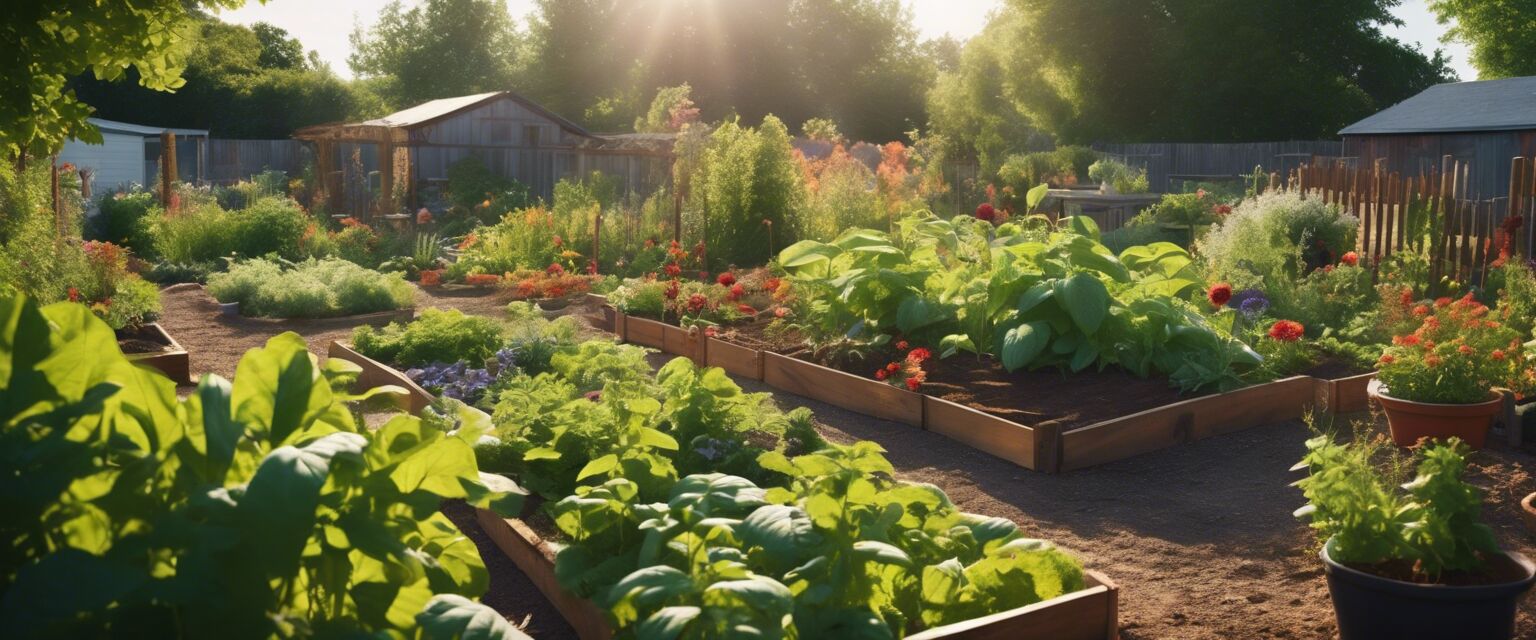
Preserving Food
Key Takeaways
- Preserving food extends shelf life and reduces waste.
- Common methods include canning, freezing, and drying.
- Each preservation technique has its own set of tools and best practices.
- Understanding the proper techniques ensures food safety.
Food preservation is a vital skill for anyone interested in homesteading or emergency preparedness. Whether you want to enjoy your garden's bounty year-round or prepare for unexpected situations, knowing how to preserve food will help you maintain a sustainable lifestyle. In this article, we will explore various techniques, including canning, freezing, drying, and more.
Why Preserve Food?
Preserving food serves multiple purposes:
- It allows you to store seasonal produce for later use.
- It helps minimize food waste.
- It can save you money and time.
- It ensures you have access to healthy, homemade meals during emergencies.
Popular Food Preservation Methods
Canning
Canning is one of the most popular methods of food preservation, especially for fruits and vegetables. There are two primary types of canning: water bath canning and pressure canning.
| Method | Description | Best For |
|---|---|---|
| Water Bath Canning | Boiling jars in water to create a vacuum seal. | Fruits, jams, pickles |
| Pressure Canning | Using a pressure cooker to safely seal low-acid foods. | Vegetables, meats, soups |

Freezing
Freezing is another effective way to preserve food, retaining flavor and nutrients. Here are some tips for successful freezing:
- Blanch vegetables before freezing to maintain color and texture.
- Use airtight containers or vacuum-sealed bags to prevent freezer burn.
- Label and date all items to keep track of freshness.

Drying
Drying food removes moisture, which inhibits the growth of spoilage organisms. You can dry food using a dehydrator, an oven, or even sunlight. Hereâs a quick overview:
| Drying Method | Description | Best For |
|---|---|---|
| Dehydrator | A machine designed to dry food at controlled temperatures. | Fruits, herbs, jerky |
| Oven Drying | Using an oven on low heat to dry food. | Fruits, vegetables |
| Sun Drying | Using sunlight to dehydrate food, requires warm, dry climates. | Tomatoes, herbs |
Fermentation
Fermentation is a unique method of preserving food that also enhances its flavor and nutritional profile. Common fermented foods include:
- Sauerkraut
- Kefir
- Kimchi
- Pickles
The fermentation process involves beneficial bacteria breaking down sugars and starches, creating a tangy flavor and extending shelf life.
Essential Tools for Food Preservation
Regardless of the method you choose, certain tools will make the process easier:
- Canning jars and lids
- Pressure canner
- Dehydrator
- Vacuum sealer
- Freezer bags
Tips for Beginners
- Always follow recipes and guidelines for safe food preservation.
- Start with small batches to practice your skills.
- Invest in a good quality canning kit for canning.
- Label everything to avoid confusion later.
- Join online communities or local groups for support and ideas.
Food Safety Considerations
When preserving food, safety is paramount. Here are some essential safety tips:
- Use clean, sterilized equipment to prevent contamination.
- Check for proper sealing on canned goods to avoid spoilage.
- Store preserved food in a cool, dark place.
- Discard any food that shows signs of spoilage, such as off-odors or mold.
Conclusion
Knowing how to preserve food is an invaluable skill that enhances your self-sufficiency and prepares you for emergencies. By mastering techniques such as canning, freezing, and drying, you can enjoy your favorite foods year-round and minimize waste. Start experimenting with different methods today and embrace the benefits of preserving food!
Pros
- Extends the life of seasonal produce.
- Reduces food waste.
- Provides access to homemade meals during emergencies.
- Enhances flavors and nutritional value of food.
Cons
- Requires time and effort to learn.
- Some methods need specific equipment.
- Improper techniques can lead to food spoilage.
- Initial cost for supplies may be high.
Explore More
For further information on food preservation techniques, check out our related articles:








